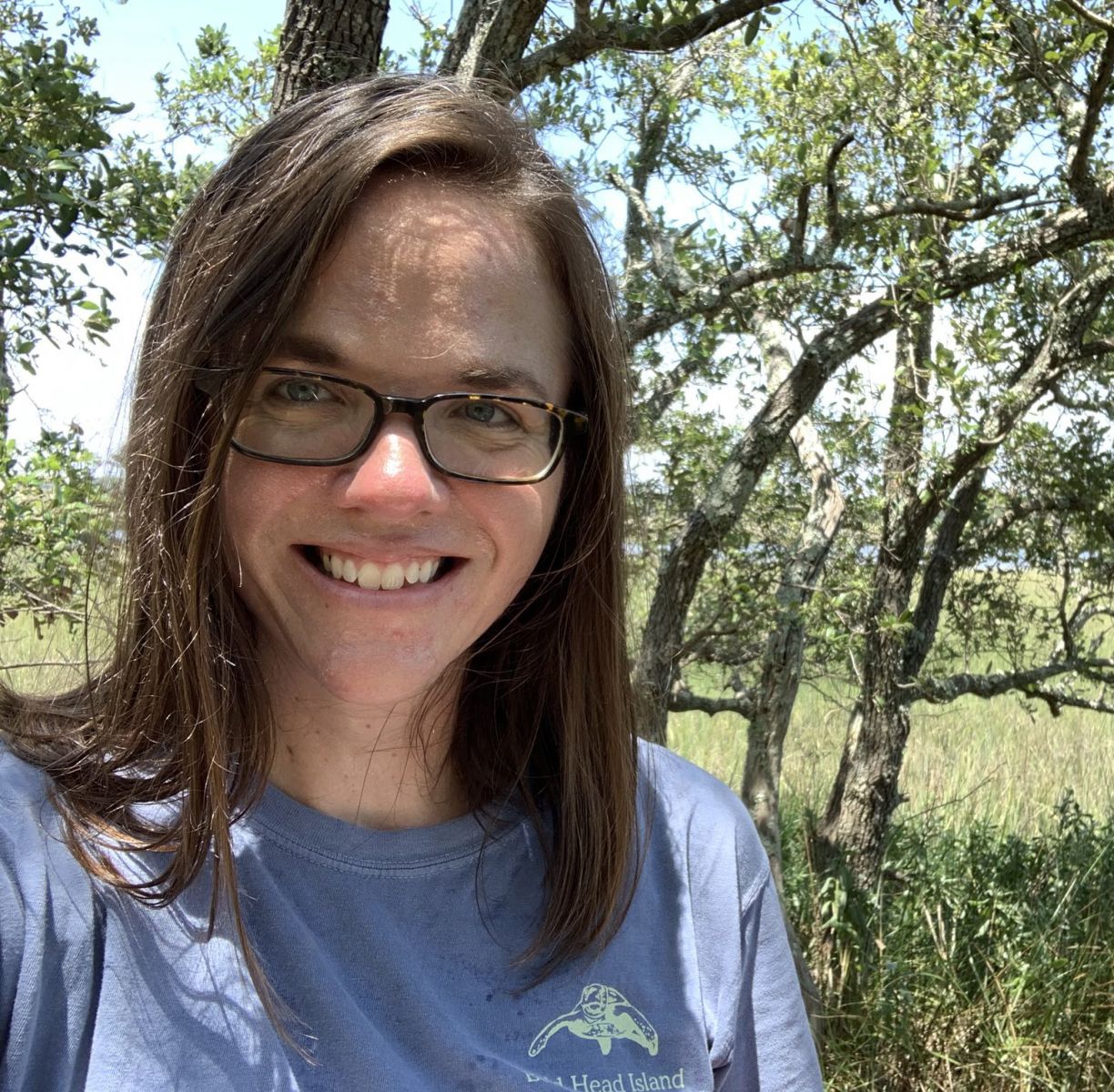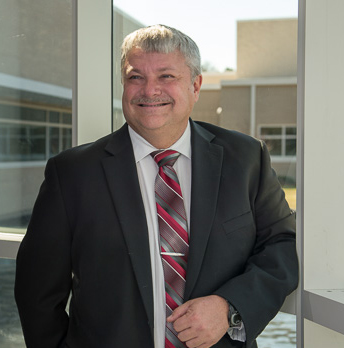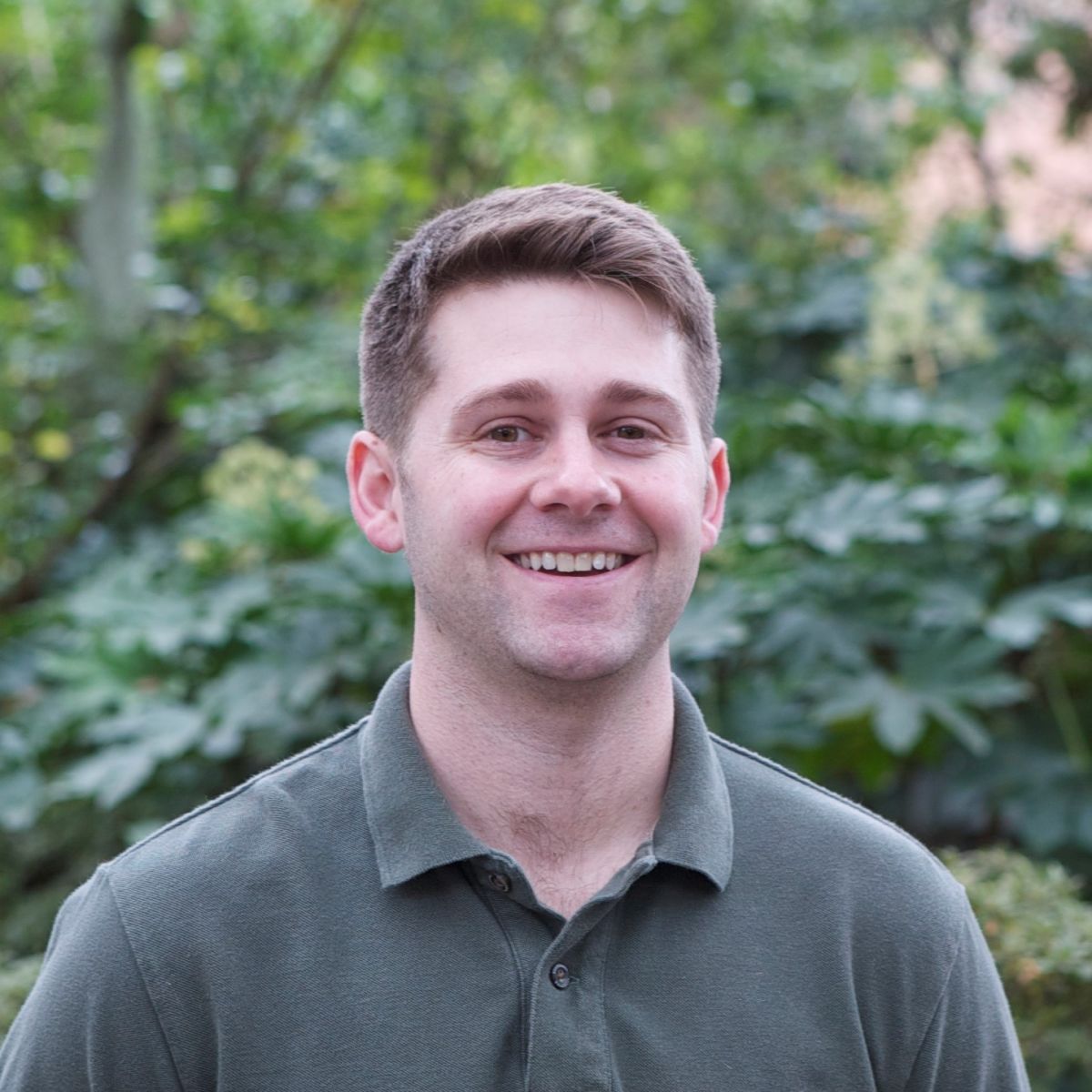- Watch: Full Session Recording (YouTube)
- Download: Slides and Q&A (PDF)
North Carolina’s shellfish aquaculture industry has been small but stable for over 30 years. The southern portion of the North Carolina coast has consistently provided more than 50 percent of the wild harvest in the state, which has been driving interest in creating new oyster farms throughout the region. Simultaneously, increased interest in shellfish aquaculture has placed pressure on resource managers making siting decisions. New farms provide an opportunity to assess conditions after farm installation, making North Carolina estuaries an ideal place to explore the ecosystem services of shellfish farming. This project aimed to link small-scale changes around oyster farms with larger-scale ecosystem-level alterations, and provide local assessment of ecosystem services to be considered by decision-makers.
In this webinar, project team members described how two years of intensive sampling in and adjacent to oyster farms and ongoing collaboration with oyster farms and the policy community has resulted in the production of visualization tools and models that will allow resource managers, shellfish growers, and other end users to make better decisions when determining the locations and scales of shellfish farming operations. The team found that environmental impacts of these farms were minimal, but that policy decisions were more complex. This finding led to an additional project examining the extent of shellfish aquaculture within the nationwide Reserve system.
Learn more about speakers:
 | Beth Darrow, Senior Scientist, Bald Head Island Conservancy, NC Beth Darrow has over 10 years’ scientific experience working with shellfish ecology, aquaculture, and estuarine ecology and biogeochemistry in Virginia and the Gulf of Mexico. As project lead, she focused on quantifying the environmental effects of oyster farms and oversaw data collection from the field and lab that drove the development of the oyster farm model, and coordinated connections with end users. | |
 | Martin Posey, Professor, Department of Biology and Marine Biology, University of North Carolina Wilmington >Martin Posey is a benthic ecologist with many years’ experience in research and advisory roles on ecosystem services of shellfish populations. He has worked extensively with resource and user advisory groups at the regional, state and national level, and has worked on a number of restoration efforts. Martin served as the collaboration lead for the project, and supervised a graduate student who conducted experiments on the habitat use of oyster aquaculture as well as several undergraduates involved with reef and nekton sampling. | |
 | Doug Bell, Data and Budget Coordinator, National Sea Grant Program, NOAA Doug Bell is an aquatic ecologist by training, receiving his Ph.D. in Marine Science from the University of South Carolina and his B.S. in Ecology and Evolutionary Biology from the University of Michigan. Doug’s research has focused on nutrient biogeochemistry and phytoplankton ecology in freshwater, estuarine, and open ocean systems. Doug joined and led a spin-off project inspired by this Science Collaborative study, which assessed the current activities, approaches, and relevant policy to shellfish aquaculture across the Reserve System. | |